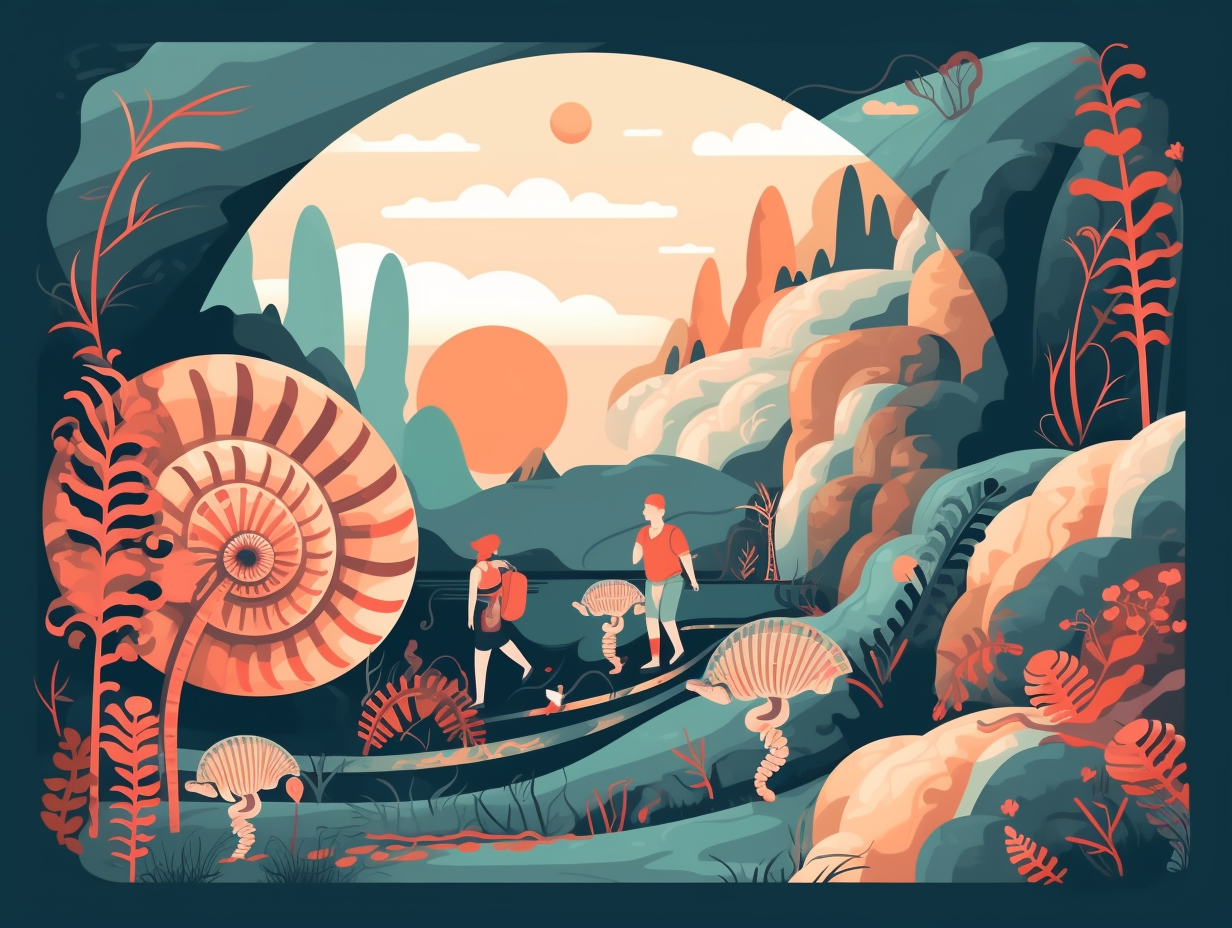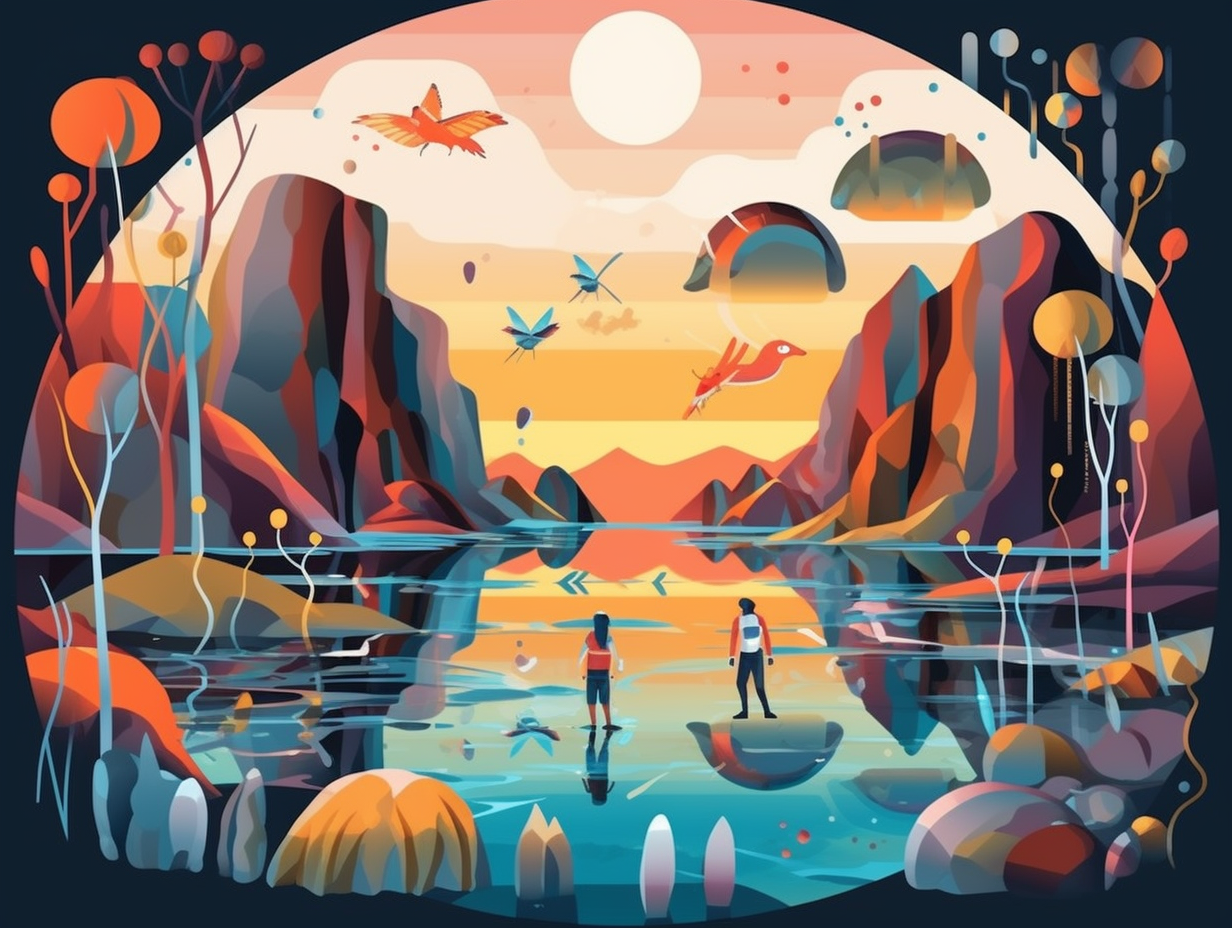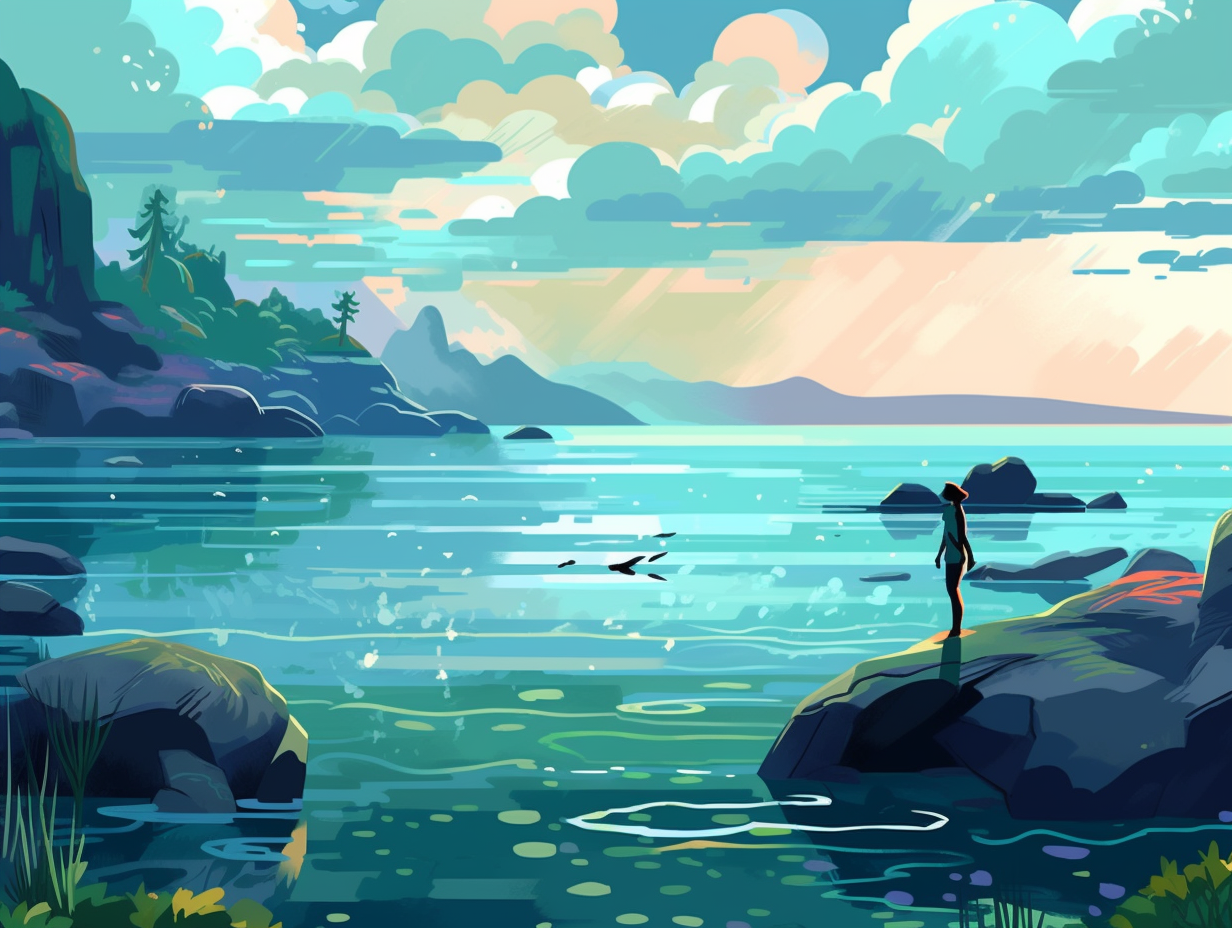Discover the Top 9 Amazing Fossil Facts That Will Blow Your Mind!

1. Dedicated Dino Parents
Move over, helicopter parents! The ancient dinosaur parenting club had some seriously devoted members too: Fossils of Citipati osmolskae reveal that these dedicated oviraptorids would risk life and limb to protect their eggs, debunking the myth of the deadbeat dino dads.
Source => nhm.ac.uk
2. Amber-Encased Spider-Wasp Showdown
Before 100-million-year-old spiders could rent out their webs on "Arachnidbnb," they had to catch wasps the old-fashioned way: by revealing the ancient world's most lethal sticky trap. Behold the greatest fly-by-night catastrophe of the prehistoric world: a wily spider ambushed a helpless wasp, only for their entwined fates to become encased in amber, providing the world's oldest known evidence of a spider's artful web-lurking skills and showing that even in ancient times, spiders had quite the social life.
Source => today.oregonstate.edu

Did you know T. rex could only reach a maximum speed of 15-25 mph, making it slower than the average human? Discover why its massive size and tail made high-speed chases a thing of the future!
=> Fun Facts about Paleontology
3. Irish Elk's Identity Crisis
Hold onto your shamrocks, folks: the Irish Elk was neither exclusively Irish nor actually an elk! In reality, it was the largest deer species to ever exist, with massive antlers that could span up to 12 feet wide, and roamed throughout Europe, north Africa, northern Asia, and even had a related species in China. This magnificent - and misleadingly named - creature went extinct about 10,500 years ago in Ireland, but managed to survive in Siberia until a chilly 6,500 years ago. As if that wasn't impressive enough, fossils from our Irish-not-so-Irish Elk pal helped to prove that extinction was a real phenomenon, shattering the myth that fossils were merely the remains of undiscovered living animals.
Source => smithsonianmag.com
4. Giant Paleozoic Insects
In the "creep" of time, when insects were putting the "crawl" in Paleozoic, size definitely mattered, and they were winning the race for the Giant Bug Ball: Arthropleura Armata, the largest invertebrate, once roamed around at an impressive eight feet long, while the undisputed king of dragonflies, Meganeura Monyi, boasted a wingspan tapering 28 inches.
Source => popularmechanics.com

5. Behold "Barnum," the Colossal Coprolite
In a scene straight out of Jurassic Park, we present you with "Barnum": a prehistoric poo so colossal, it would make even a T. rex flush with envy! : Discovered in South Dakota in 2019, this impressive coprolite measures 67.5 centimeters long, 15.7 centimeters wide, and weighs a whopping 9.28 kilograms. Though not confirmed as a T. rex excretion, it hails from the Hell Creek Formation and contains visible fragments of bone and tons of phosphorus and calcium, making its enormous origin a likely candidate. Barnum now resides in George Frandsen's prodigious poop collection, numbering over 7,000 specimens.
Source => guinnessworldrecords.com
6. Hip Old Bones with Soft Tissues
Who says old bones can't be hip: Recent studies found preserved cells and soft tissues in fossil bones, including blood vessels and nerves, challenging traditional views and offering insight into how some bones have survived for hundreds of thousands of years.
Source => palaeo-electronica.org
7. Jurassic Park's Colorful Runway
If Jurassic Park had a fashion show, you'd see dinosaur duds in living color: Scientists can determine the color patterns of ancient animals like dinosaurs, fish, and birds by studying their fossils, analyzing melanin, and examining the shape and density of melanosomes in fossil impressions, unveiling the vibrant past of Earth's prehistoric worlds.
Source => nature.com
8. Love-Struck Horseshoe Crabs' Fossil Romance
Leave it to a love-struck horseshoe crab to leave a mark on history: A 300 million-year-old fossil of footprints, discovered by a 10-year-old boy in Cornwall, has been confirmed by experts as the tracks of a pair of mating horseshoe crabs from the Carboniferous period, a time when Pangaea was forming and seas were being sealed off.
Source => dailymail.co.uk
9. Ancient Squid Trendsetters and Oldest Pigment
Who knew ancient squid creatures were trendsetters in the world of self-defense accessories: The oldest pigment ever discovered, eumelanin, hails from the ink sacs of a Jurassic era cuttlefish ancestor dating back 160 million years, paving the way for modern cuttlefish and their sneaky predator-detonating techniques.
Source => livescience.com
Related Fun Facts




















